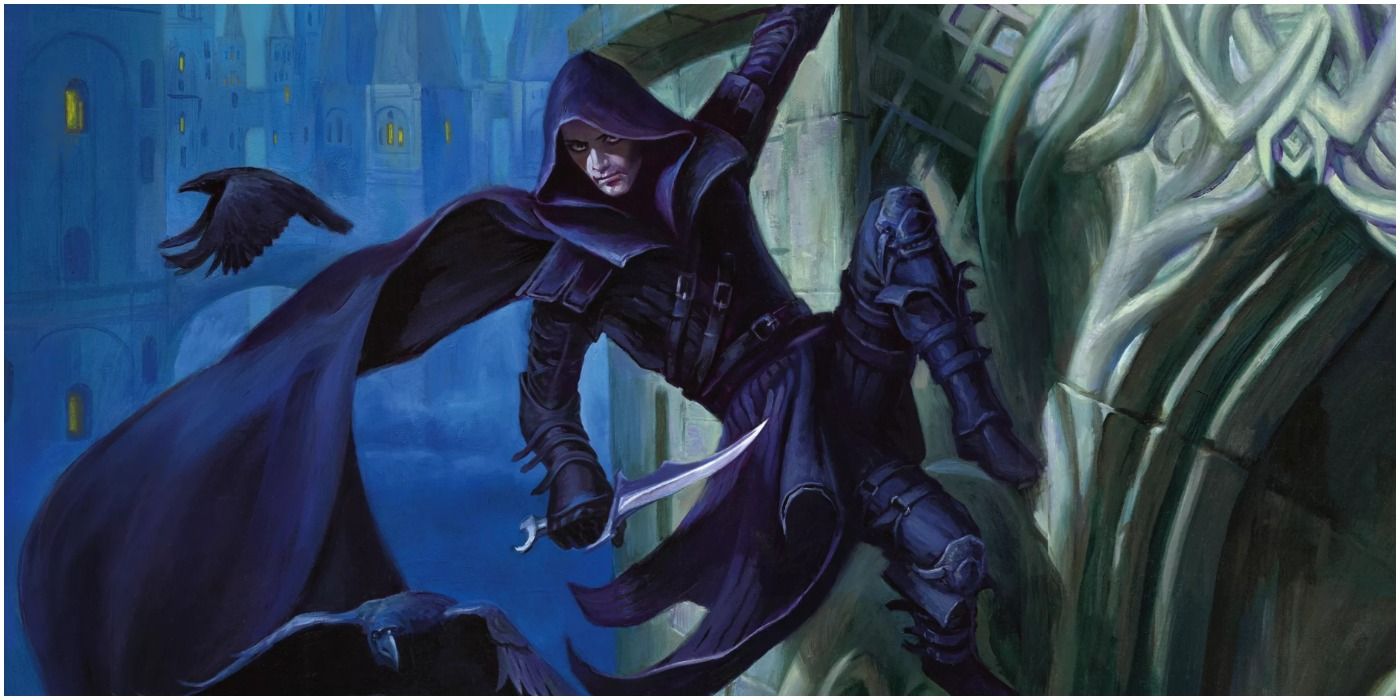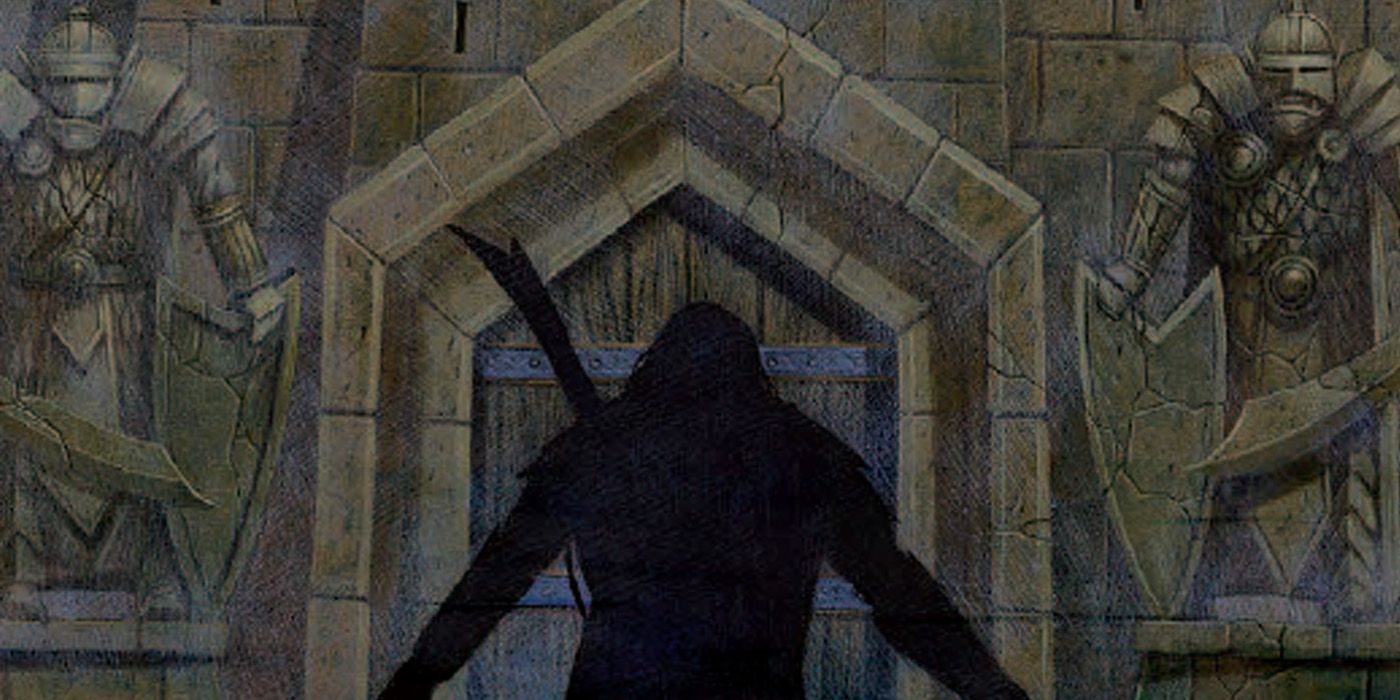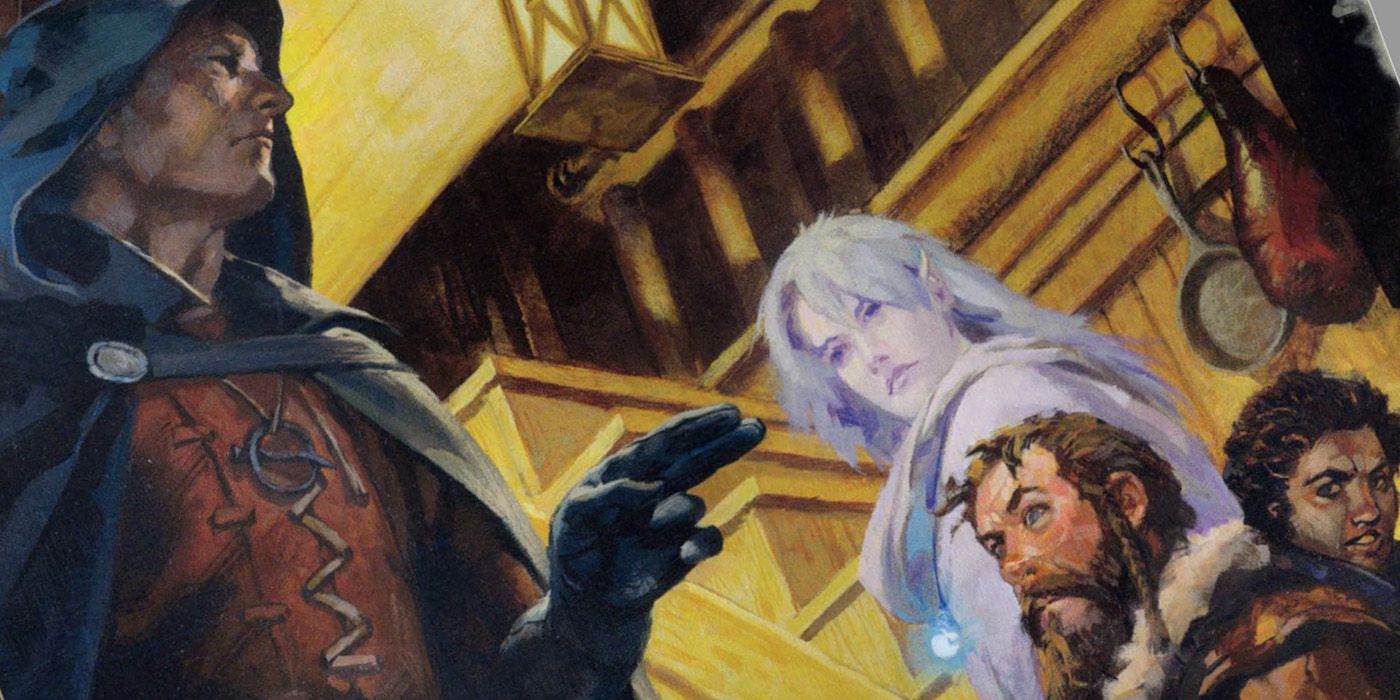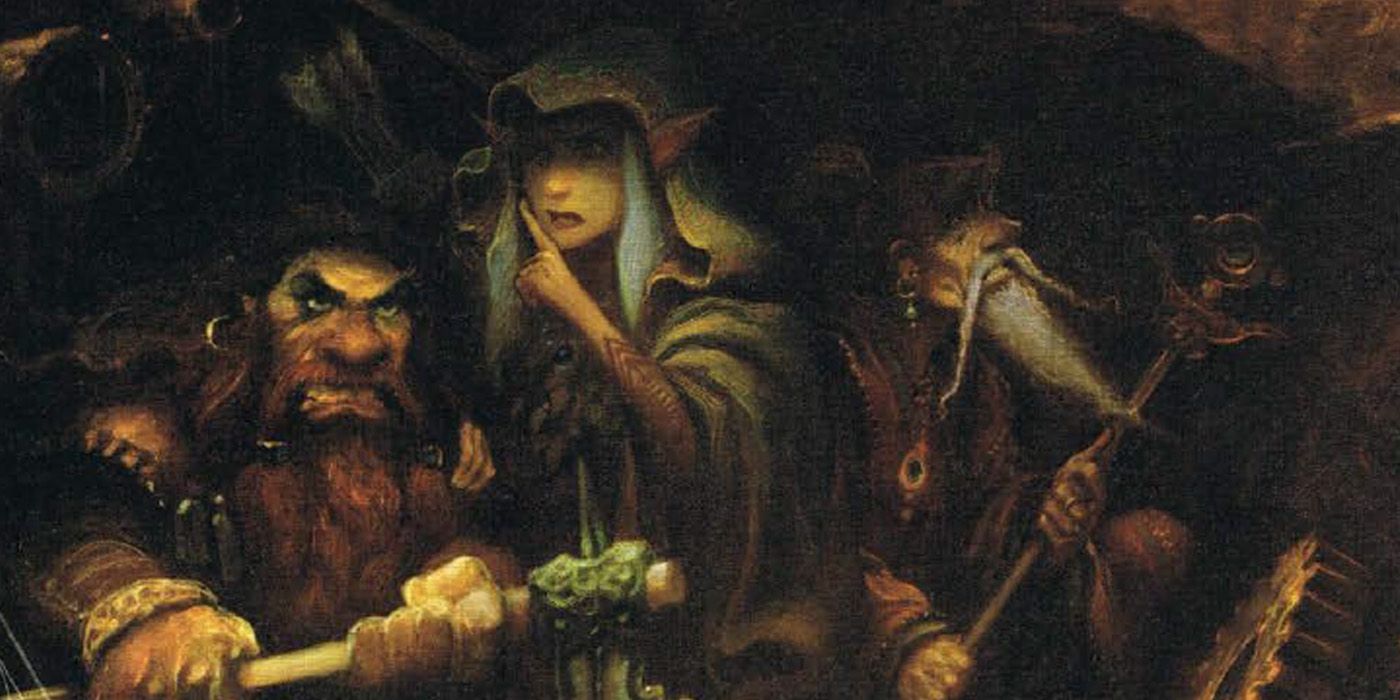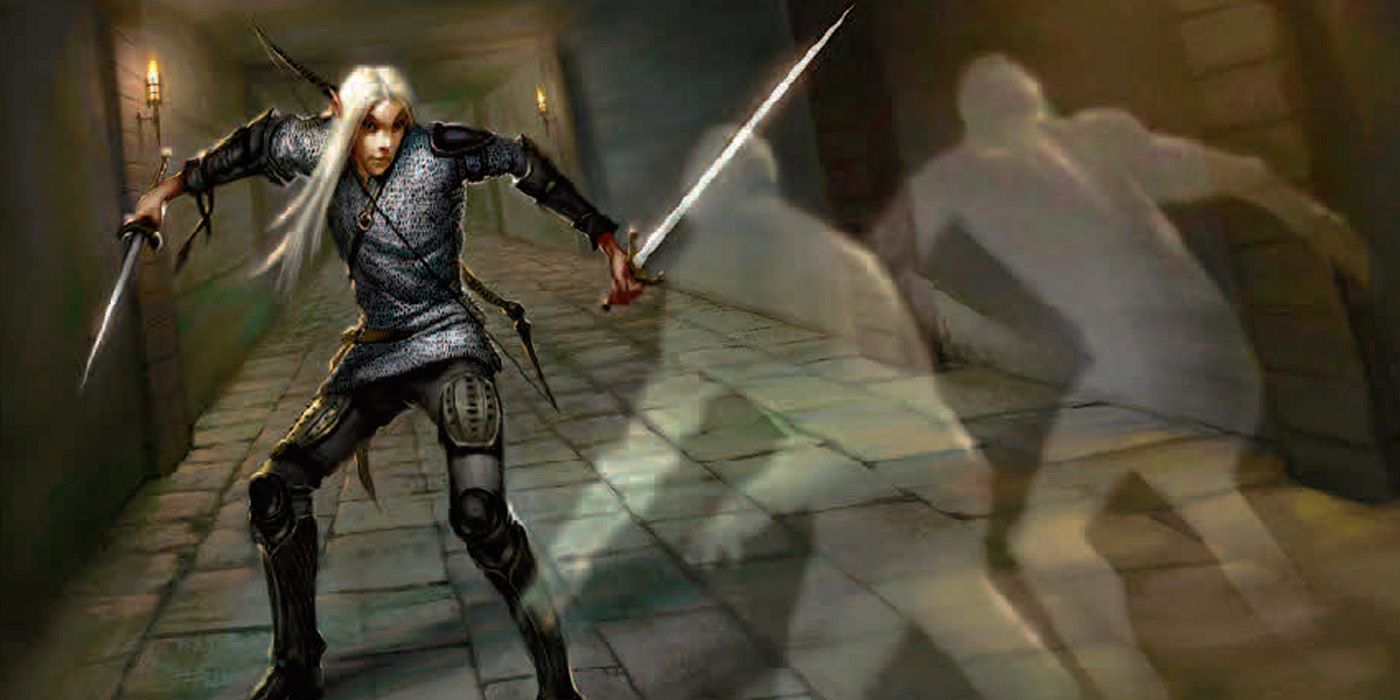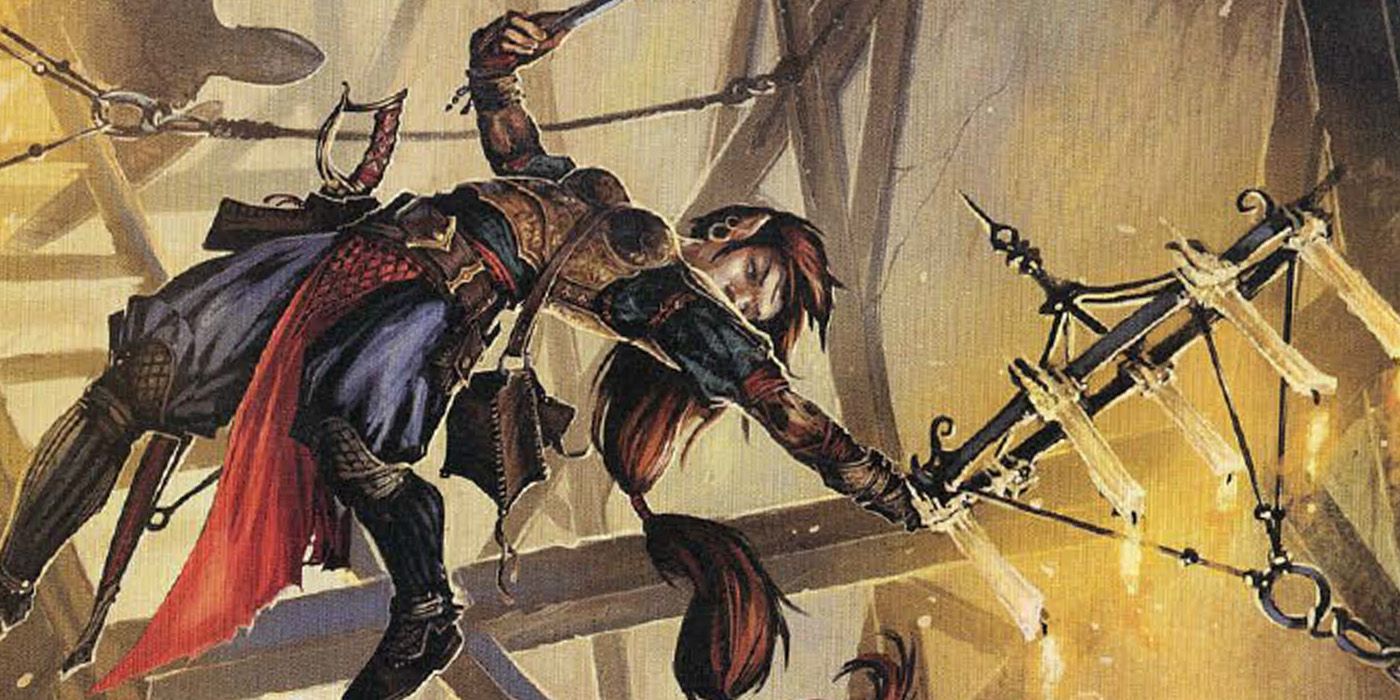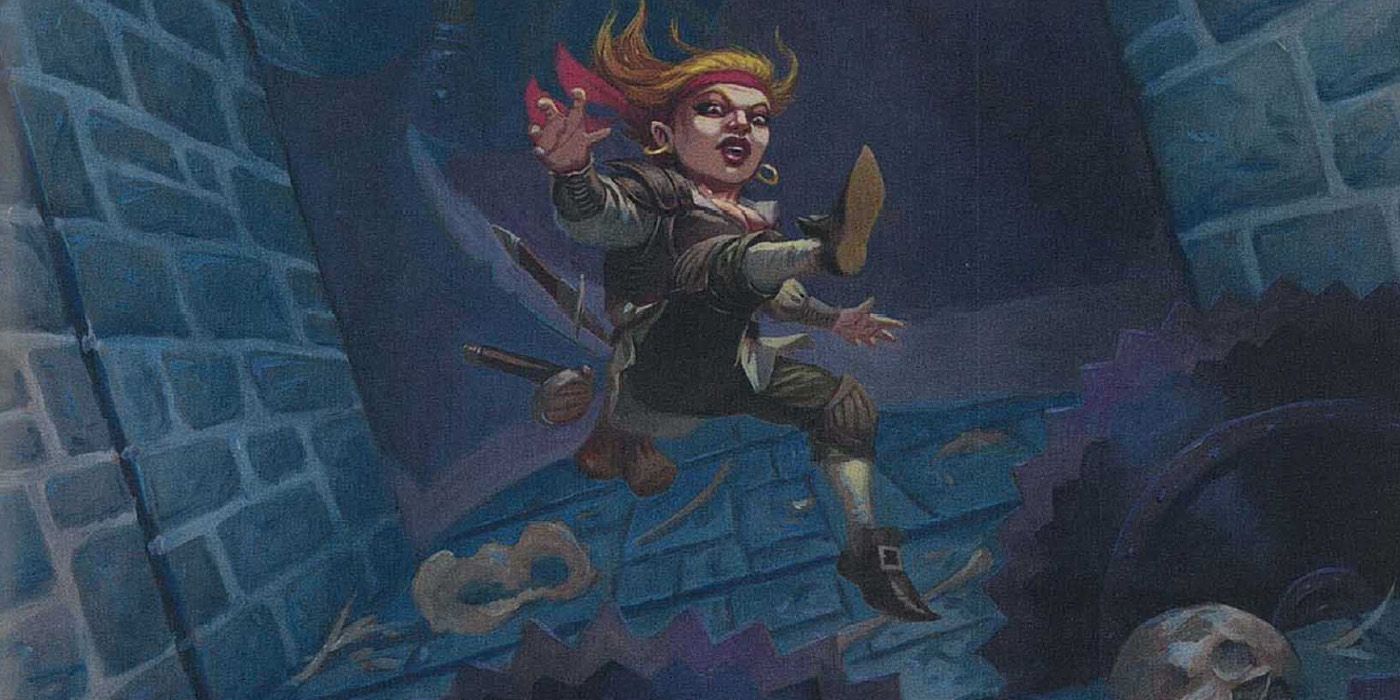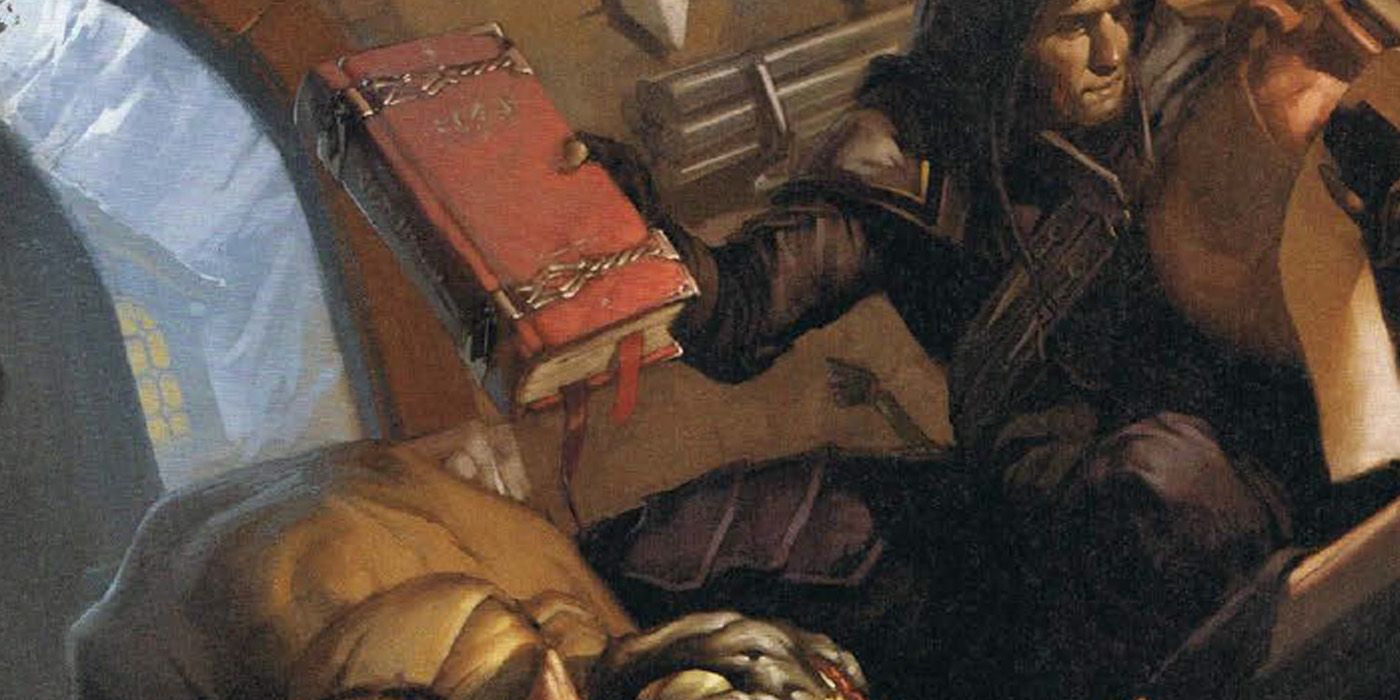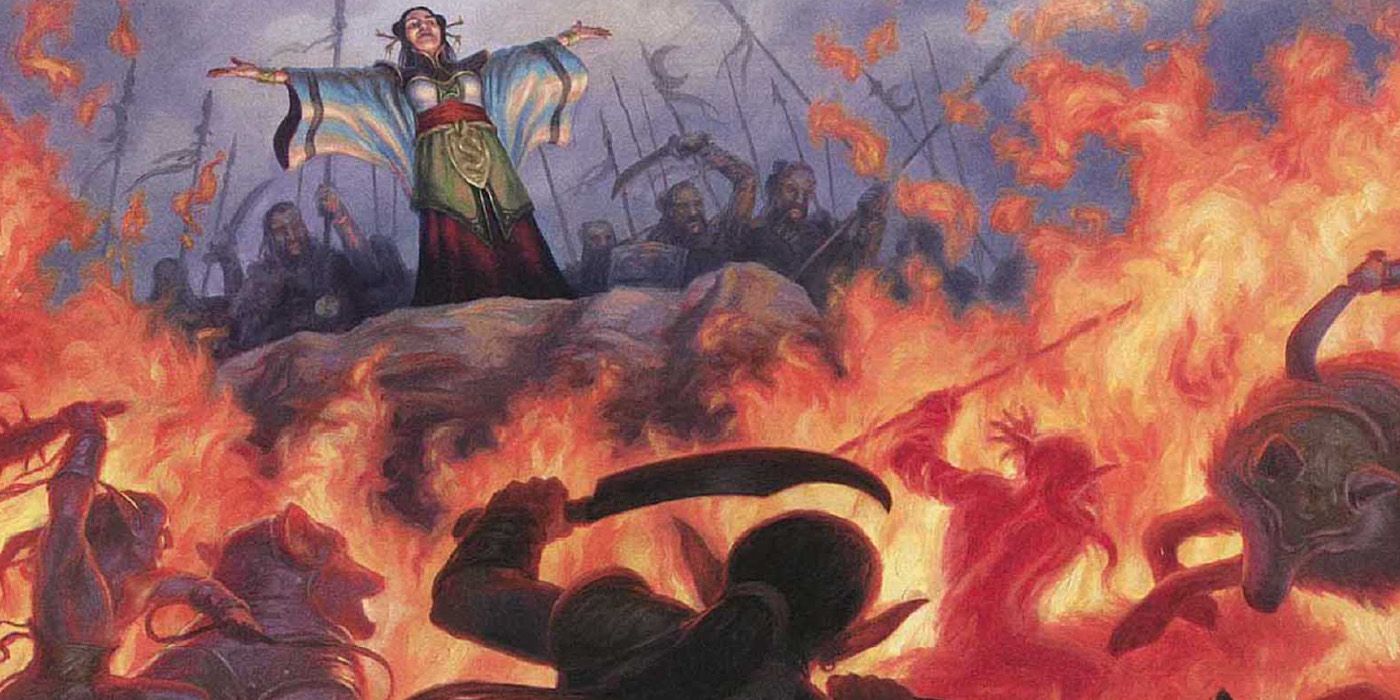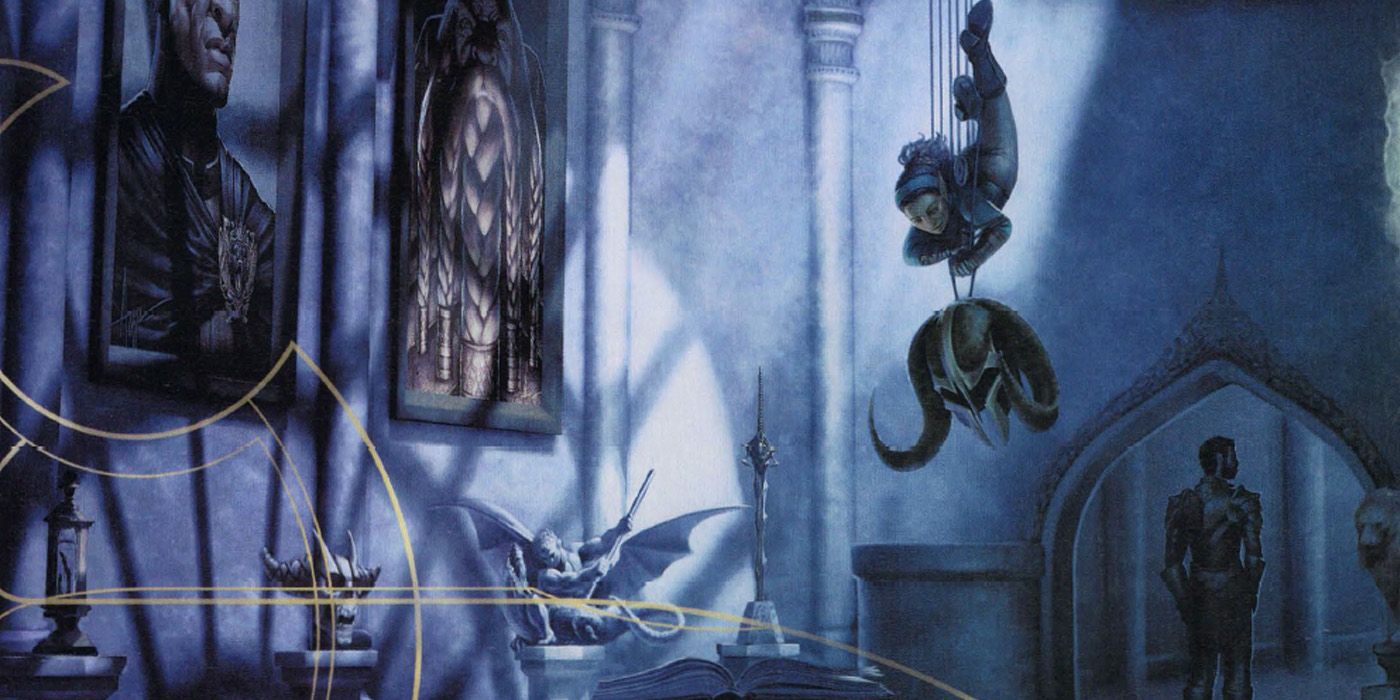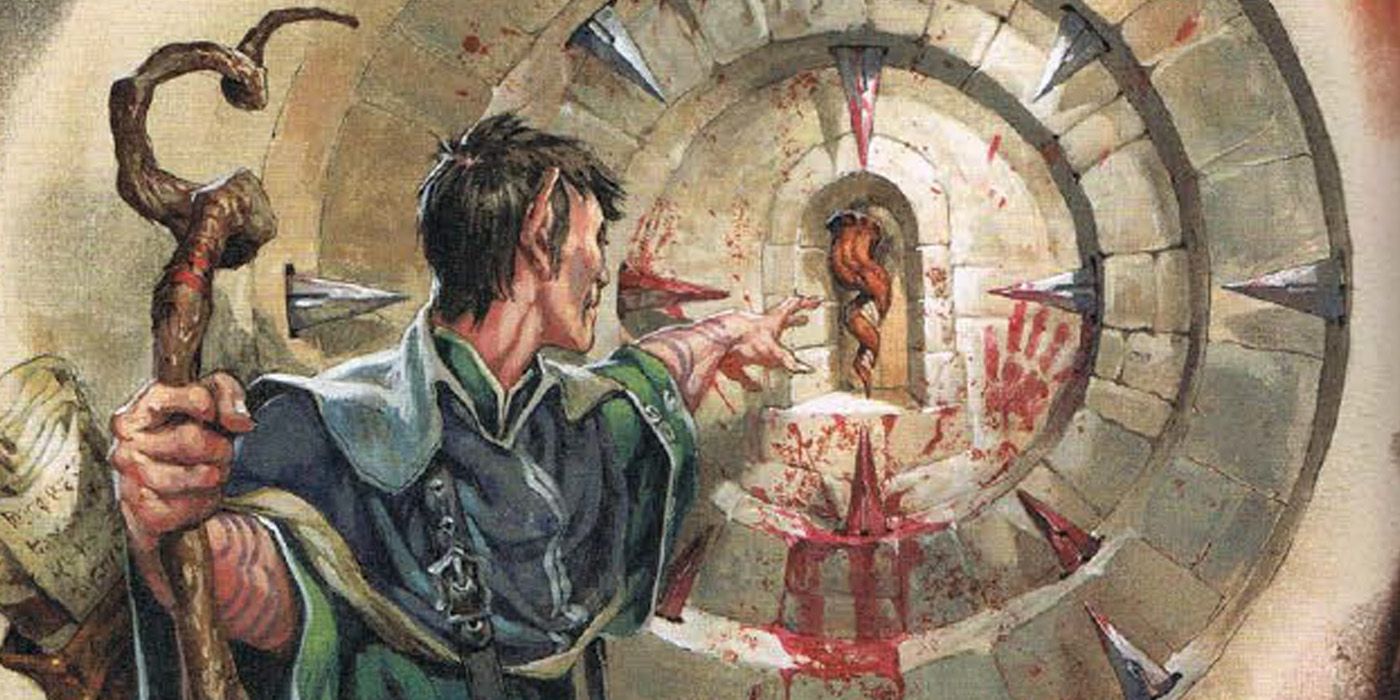Rogues remain at a pedestal for perhaps being the "deadliest" melee class in Dungeons & Dragons. After all, enemies in D&D often end up dead after being subjected to the business end of a Rogue's Sneak Attack. The Rogue's damage potential easily places them at the center of a lot of deadly DPS builds for any party. Additionally, their damage output alone almost always makes them a must-have for parties who want someone to dispatch enemies and bosses quickly.
Rogues don't always possess "the best" set of features all of the time, and the best builds rely on how players balance the party's needs with their character's abilities. In turn, players need to pay attention to how to synergize their Rogue features with the rest of the party's. Which Rogue features should players pay attention to? Which ones should players stay away from?
10 Best: Sneak Attack
If Rangers become attached to their Favored Enemy, then Rogues become best associated with their Sneak Attack. D&D 5e's iteration of the Sneak Attack easily makes Rogues one of the deadliest Classes to ever grace the game. Starting on 1st Level, Rogues can capitalize on an enemy's distraction to strike surely, stealthily, and lethally.
Essentially, Rogues deal an extra 1d6 damage on enemies they have an advantage against (in short, Surprise Attacks or from Invisibility). However, Rogues don't need this requirement if an enemy's enemy (e.g., a party member) is within five feet, that target isn't incapacitated, and the Rogue doesn't have a disadvantage. Furthermore, Sneak Attack damage scales as the Rogue levels up. In turn, Sneak Attack paired with the Hide Action or other practical Spells like Invisibility will give Rogues an opening to spam massive damage in one blow.
9 Worst: Thieves' Cant
Rogues easily get attached to thieves and other ne'er-do-wells due to their reputation. However, D&D 5e makes this into a full feature with Thieves' Cant. Essentially, Thieves' Cant gives Rogues an "extra language" in the form of coded jargon, dialect, and gestures that their fellow Rogues use to communicate. Rogues can also recognize symbols and signs that convey short messages, perfect for hunting fellow assassins.
Unfortunately, despite the potential benefit of Thieves' Cant for flavor, there isn't that much use for this Class Feature. Unless a game has a strong heist or involves ancient artifacts, Rogues may very well never use Thieves' Cant in the game.
8 Best: Cunning Action
Thanks to the Rogue's natural nimbleness and quick thinking, they master the ability to move just as fast as they act. In turn, Cunning Action allows Rogues to take a bonus action in each of their turns. However, they can only use Cunning Action to Hide, Disengage, or Dash.
Regardless, there's an amazing perk hidden in Cunning Action's description. If Rogues get a bonus action whenever they get a turn, this means they can use Cunning Action even after making a reaction. Consequently, they can dart across the battlefield undetected or rush to the healer for a quick healing Spell.
7 Worst: Blindsense
By the time Rogues enter 14th Level, they can pinpoint the location of any invisible or hidden creature within 10 feet of them that they can hear. Given how stealthy enemies probably use techniques that hide them well, Rogues can use Blindsense to counteract these sly maneuvers. Usefully, detecting a hidden enemy 10 feet away can hinder them from launching a Surprise Attack. As such, why is this a bad Feature?
It takes too long for the Rogue to learn such a useful ability. Players will not get the opportunity to maximize their potential if they wait until the 14th Level to get Blindsense. Branching out to Multiclass beyond this level might not give players useful perks. Meanwhile, alternating Multiclass options until they get to Blindsense might just make the 10-feet-advantage useless based on the power levels of enemies.
6 Best: Evasion
Whereas most characters worry about area effects such as dragon breaths or traps, Rogues can simply dodge them like they are nothing. Thanks to Evasion, 7th-Level Rogues can easily dart their way past obstacles otherwise dangerous to others. Essentially, Rogues that need to make a Dexterity Saving Throw against area effects take no damage if they succeed. Likewise, they only take half damage if they fail.
Considering how most deadly spells have a Dexterity Saving Throw component, Rogues can dodge their way out of the deadliest Wizard Spells. This skill is a great way for Rogues to preserve much-needed HP, especially during extended incursions.
5 Worst: Uncanny Dodge
While Evasion can be one of the most useful Rogue abilities, Uncanny Dodge might not be as helpful. Beginning 5th Level, Rogues can use their reaction to halve the damage of an attack from an attacker they can see. Therefore, this trait can save a Rogue from a potentially-lethal blow, right?
Even though Rogues can pair this ability with a quick Disengage or Dash action (courtesy of Cunning Action), Uncanny Dodge might be a waste of a reaction that could be used for Opportunity Attacks. This is especially the case when Rogues are anticipating multiple enemies to try and take them down.
4 Best: Reliable Talent
As players might notice, early-level Rogues get a ton of additional Skills and Proficiencies to cement their reputation as extremely skilled adventurers. Reliable Talent at the 11th Level allows Rogues to fully capitalize on their potential. After all, any Proficiency Bonus-based Ability Check will transform any roll less than nine into a 10. That means, along with some Ability Modifiers, Rogues can almost succeed in any ordinary roll.
If players use their cards right, Rogues with Proficiencies in various combat, navigational, and conversational Skills might find themselves acing encounters and Skill Checks – transforming bad situations into opportunities for success. This ability can greatly help Rogues, especially if the party is dealing with a powerful or important NPC.
3 Worst: Slippery Mind
As mentioned, most powerful Wizard Spells usually have a Dexterity component, as these AOE attacks tend to dish out massive amounts of damage. However, Rogues and other party members need to watch out for Spells that dabble into Wisdom, as these can distract the party members into being afraid or charmed. Thanks to Slippery Mind, Rogues can get Proficiency in Wisdom Saving Throws. Therefore, this should be a good feature, right?
Slippery Mind can become a lifesaver, but Rogues only get this at their 15th Level. By then, Rogues should have dipped into other Multiclasses that will give them features to circumvent any spellcasters that can unleash attacks with debilitating effects.
2 Best: Expertise
One of the Rogues' best features come as soon as they reach their 1st Level. With Expertise, Rogues can choose two of their Skill Proficiencies and double the Proficiency Bonus they add whenever they use them. If desired, they can bestow this benefit to one Skill and their Thieves' Tools Proficiency instead.
Despite how ordinary this sounds, Expertise has massive implications for the rest of the game. Essentially, Rogues have the opportunity to almost always succeed in two Skill Proficiencies of their choice. These can be allocated to Charisma-based Skills for their conversations, or Intelligence-based or Wisdom-based Skills for their interactions with lore and the environment.
1 Worst: Stroke Of Luck
One of the Rogues' best features might turn out to be its worst. Stroke of Luck, earned at the 20th Level, gives the Rogue an impeccable ability to transform bad situations into disadvantages. Basically, Rogues can transform a missed attack into a hit, transforming a missed Ability Check into a Natural 20. Amazing, right? This feature can become a lifesaver in critical circumstances. Even if Rogues can only use this once per rest, its implications are astounding.
However, players need to remember that they can only use this by the time they reach the 20th Level. Despite being able to "change" an attack's result, the party has a massive number of attacks and actions at that point for this move to make a difference. Unless the campaign reaches a point where ability checks determine the outcome of a "scene," then Stroke of Light might not mean anything at all.

